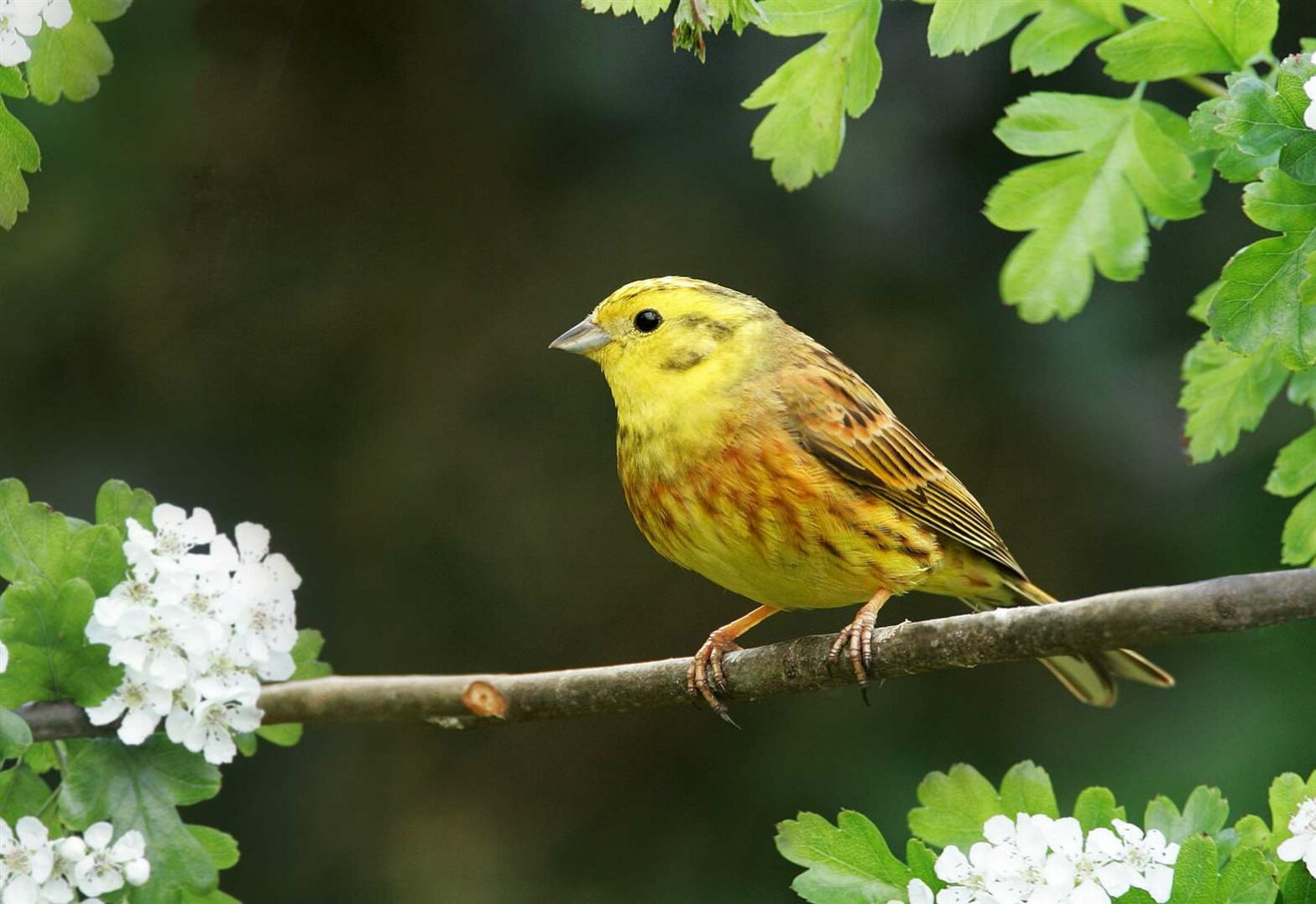[ad_1]
Readers will be well aware that I have not been shy in highlighting that the development of the UK Government’s ‘flagship’ Environmental Land Management schemes — designed to replace payments to farmers previously linked to our membership of the EU — have lacked ambition, transparency and urgency. — Writes Erin McDaid, Nottinghamshire Wildlife Trust
Last week, Defra finally set out much-needed details about what activities farmers will get paid for in 2023.
This included bringing forward new payments to incentivise farmers to reduce the use of damaging pesticides and be more efficient with fertiliser use.
Farmers improving the management of hedgerows and providing habitat for birds and pollinators will also be rewarded.
The latest announcement represents a more rounded programme of rewards for farmers who choose to take action for nature.
This is hugely welcome, and we very much hope it will encourage increased numbers of farmers to take up ELM schemes this year.
News of a further round of investment in the Landscape Recovery scheme, which was heavily oversubscribed in its first round, is also pleasing.
This has real potential to unlock enormous benefits for nature as well as for rural communities.
Getting the approach to these schemes right will be critical to tackling the climate and ecological crises, which must be addressed to ensure long-term food security.
While we are always happy to give credit where credit is due, the announcement was not all good news. As the saying goes, the proof of the pudding will be in the eating, but the fundamental ‘nuts and bolts’ of a positive delivery mechanism do now seem to be in place.
However, several of Defra’s decisions could undermine the schemes’ effectiveness when it comes to restoring nature and improving our environment.
The introduction of the management payment for the Sustainable Farming Incentive (SFI), for example, could see more than £60m paid out in administration payments.
Defra has also failed to put in place any safeguards to ensure management payments of up to £1,000 a year are only paid where substantive environmental actions will be delivered.
As things stand, the payment will apply to applications where one or two simple actions are included.This could considerably reduce the budget available for rewarding those farmers who commit to much more ambitious actions.
How Defra will build on the new offer is also unclear.
While the SFI supports farmers choosing to take action for nature, we have reservations about the ‘free-choice’ approach planned.
Experience suggests that this approach comes with an inherent risk of poor outcomes.
We are therefore urging Defra to layout a clear route for encouraging and rewarding farmers to go further — delivering win-wins for both farming and nature.
Time and time again farmers tell us that confusion about the support on offer is a real barrier, so by setting out clear standards and offering a simple, standardised options, Defra can help ensure greater outcomes from uptake of the scheme.
We still need much more detail about how Defra plans to develop the Countryside Stewardship scheme and it will be essential that the right positive actions are targeted in the right place.
Land managers must also be supported to deliver actions suited to their local area. They also need access to trusted advice.
For Countryside Stewardship to deliver the ambition set by the Local Nature Recovery scheme, and make a significant contribution to nature’s recovery, there must be a step change in ambition for the scheme in the years ahead.
In addition to understanding how the proactive funding schemes will protect the environment and enhance biodiversity, we also need clarity on the future regulatory framework for farming. The current scheme, Cross Compliance, is designed to provide basic protections from the worst farming practices but only runs to 2024. Whilst far from perfect, it at least has clear baselines. Defra has so far provided no detail on how it will be replaced.
Defra is unquestionably at a crossroads in terms of the development of ELM, but the latest announcement represents a welcome, positive step in the right direction.
Together with partners such as the National Trust and RSPB, we look forward to working with Government to ensure that the future of ELM helps deliver the legally binding long-term targets for nature and climate and a sustainable, resilient future for farming.
[ad_2]
